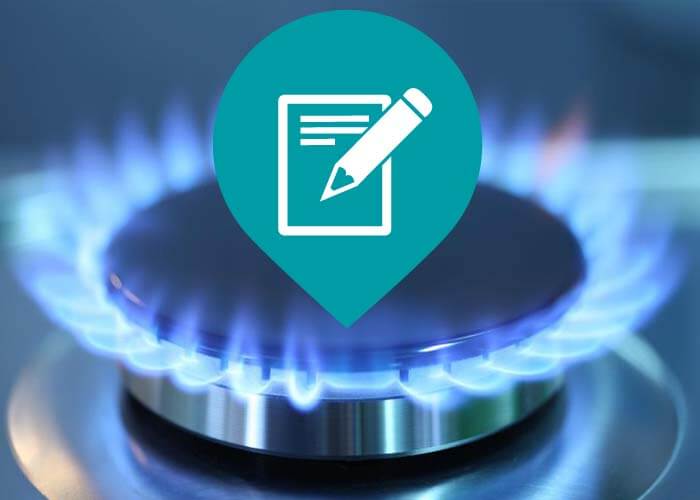
How Does the Gas Delivery System Work?
How Does the Natural Gas Distribution System Work?
Gas moving from greater to decrease pressure is the essential principle of the gas distribution system. The amount of pressure in a pipeline is measured in pounds per square inch.
From the well, the natural gas goes into "gathering" lines, which resemble branches on a tree, getting larger as they obtain closer to the central collection point.
Event Systems
A gathering system may need one or more area compressors to move the gas to the pipe or the processing plant. A compressor is a maker driven by an internal combustion engine or generator that creates stress to "push" the gas through the lines. Most compressors in the natural gas delivery system use a small amount of gas from their very own lines as gas.
Some natural gas gathering systems consist of a handling center, which performs such features as getting rid of impurities like water, co2 or sulfur that could wear away a pipeline, or inert gases, such as helium, that would reduce the energy value of the gas. Handling plants also can remove small quantities of lp and butane. These gases are utilized for chemical feedstocks as well as other applications.
The Transmission System
From the celebration system, the gas relocations into the transmission system, which is normally made up of regarding 272,000 miles of high-strength steel piper.
These big transmission lines for gas can be contrasted to the nation's interstate highway system for vehicles. They relocate big amounts of natural gas thousands of miles from the creating regions to regional distribution companies (LDCs). The pressure of gas in each section of line typically ranges from 200 extra pounds to 1,500 pounds per square inch, depending upon the sort of area in which the pipeline is operating. As a precaution, pipelines are created and also constructed to handle much more stress than is ever before in fact reached in the system. For instance, pipelines in even more booming areas operate at less than one-half of their style stress degree.
Several major interstate pipes are "looped"-- there are 2 or even more lines running alongside each other in the exact same right-of-way. This gives optimum capability throughout periods of peak need.
Compressor Stations
Compressor terminals lie approximately every 50 to 60 miles along each pipeline to increase the pressure that is shed through the friction of the gas moving through the steel pipeline. Lots of compressor stations are totally automated, so the devices can be started or stopped from a pipe's central control space. The control area can additionally from another location run shut-off valves along the transmission system. The drivers of the system maintain thorough operating information on each compressor terminal, as well as continually change the mix of engines that are going to take full advantage of efficiency and safety and security.
Gas moves through the transmission system at up to 30 miles per hr, so it takes a number of days for gas from Texas to get to an utility invoice point in the Northeast. Along the road, there are lots of affiliations with other pipes and also other energy systems, which offers system drivers a good deal of versatility in moving gas.
Linepack
A 50-mile section of 42-inch transmission line operating at around 1,000 pounds of pressure has around 200 million cubic feet of gas-- adequate to power a kitchen range for greater than 2,000 years. The quantity of gas in the pipeline is called the "linepack.".
By raising and also decreasing the stress on any kind of pipe sector, a pipe business can use the segment to keep gas during durations when there is much less demand at the end of the pipe. Utilizing linepack in this way enables pipe drivers to handle hourly fluctuations popular really efficiently.
Natural gas pipes as well as utilities make use of extremely advanced computer system models of customer need for gas, which relate everyday and hourly usage fads with seasonal and environmental variables. That's why customers can depend upon the integrity of gas-- when it's needed, it's there.
Gate Stations.
When the gas in a transmission pipeline reaches a regional gas energy, it generally goes through a "entrance station." Energies often have gate stations obtaining gas at several locations as well as from a number of various pipes. Entrance terminals offer https://www.pasadogalgaz.net/ 3 purposes. Initially, they decrease the stress in the line from transmission degrees (200 to 1,500 extra pounds) to distribution levels, which vary from 1/4 pound to 200 pounds. Then an odorant, the distinct sour fragrance associated with natural gas, is included, to ensure that customers can scent even small quantities of gas. Ultimately, the gate terminal gauges the circulation rate of the gas to determine the amount being gotten by the energy.